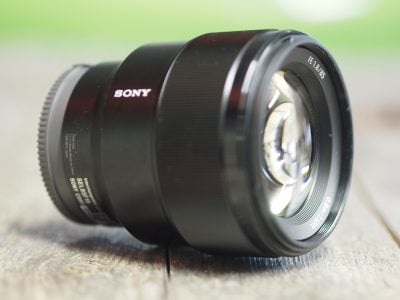Sony FE 85mm f1.8 review
-
-
Written by Thomas
In depth
The Sony FE 85mm f1.8 is a short-telephoto prime lens for Sony’s mirrorless cameras, and corrected for use on full-frame bodies. Also known as the SEL85F18, the FE 85mm f1.8 was launched in February 2017 as an affordable and light-weight portrait prime lens, at least compared to the high-end FE 85mm f1.4 G Master.
The 85mm focal length is a classic for portrait shooters, but also useful for street photography or picking-out details in urban or natural landscapes. The FE 85mm f1.8 represents Sony’s ‘affordable’ option, costing one third that of the flagship FE 85mm f1.4 G Master and feeling better-balanced on the smaller bodies. To find out how the Sony FE 85mm f1.8 performs I tested it on the 42MP A7R II body against the Zeiss 85mm f1.8 Batis. So if you’re interested in which short-telephoto prime to choose, you’ve come to the right place!
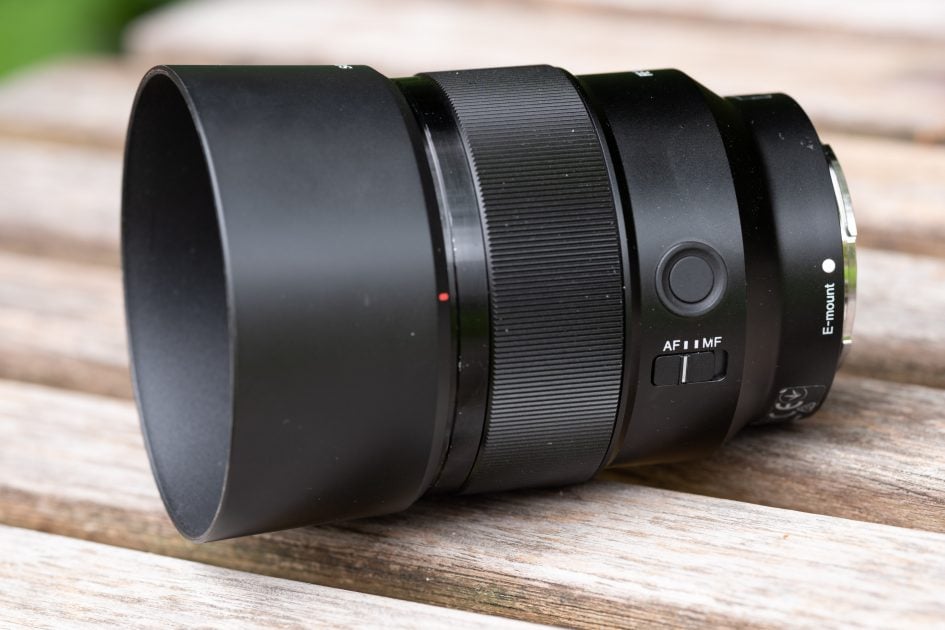
Facts from the catalog
As usual I’ll have a look at the technical data of the Sony FE 85mm f1.8 first. I’ve rated the features with a [+] (or [++]), when it’s better than average or even state of the art, a [0] if it’s standard or just average, and [-] if there’s a disadvantage. For comparison I use the Zeiss 85mm f1.8 Batis (“Batis” for short).
Size (diameter x length): 78 x 82mm (3.1 x 3.2in.) plus 36mm for the lens hood which is 86mm in diameter. The Batis is slightly longer at 78 x 86mm + 48mm for the lens hood (93mm diameter). [+]
Weight: 374g (13.2 oz.) plus 28g for the lens hood. The Batis is 453g (16.0 oz.) plus 37g for the lens hood. [+]
Optics: 9 elements (including 1 special dispersion elements) in 8 groups. The Batis has has the same number of glass/air surfaces: 11 elements in 8 groups. [+]
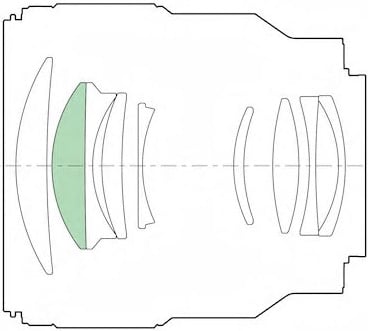
Closest focus distance is 0.80m (31in.) with a magnification of 1:7.7 which is not much. A magnification of 1:10 is achieved at 0.99m distance. The Batis achieves a similar magnification. [0]
Filter-thread: 67mm, the same as the Batis. [+]
Image stabilization: No. The Sony A7 bodies provide built-in sensor-shift stabilization. The Batis has its own optical image stabilization. [0]
Auto focus: Yes with built-in AF drive. Manual-focus override is by simply turning the focus ring. The focus ring has a variable gearing that allows for very precise manual focus when turned slowly. Unfortunately this feature cannot be switched to linear gearing which makes smooth focus pulling for videographers almost impossible. There’s a customizable focus-lock button on the barrel but no distance markings. Focus on the Batis works similarly with the only differences being that it has no focus-lock button but offers a display for focus distance and depth of field. [+]
Covers full frame/FX or smaller. Same with the competition. [+]
Price: The lens currently sells for 600 EUR (incl. 19% VAT) / 600 USD. The Batis goes for 1150 EUR / 1200 USD. [+]
Comes with no pouch but the lens hood is included, reversible for transport. Same with the Batis. [0]
Aperture ring: no, just like the Batis. [0]
Sealing: yes, a rubber grommet at the lens-mount plus further special weather-sealing throughout the construction, just like the Batis. [+]
The score in the “features-department” is 0[-]/4[0]/8[+], the most prominent features of the lens being that it’s small, light, well protected against the elements, and relatively cheap.
Two Sony and two Zeiss 85mm prime lenses
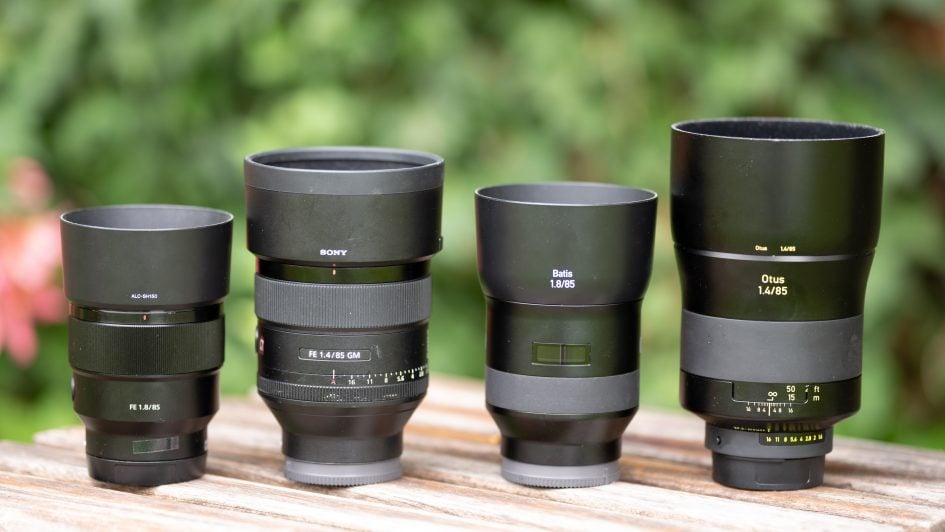
Above from left to right: Sony FE 85mm f1.8, Sony FE 85mm f1.4 GM, Zeiss 85mm f1.8 Batis, Zeiss 85mm f1.4 Otus
Alternatives
If you want a large aperture 85mm lens with E-mount and autofocus there are just 3 alternatives, two of them are larger, heavier, and more expensive f1.4 lenses:
- Zeiss offers the 85mm f1.8 Batis from 2015 which offers optical image stabilization and a display for focus distance and depth of field. It sells for 1150 EUR / 1200 USD. See my Zeiss 85mm f1.8 Batis review.
- Sony has the FE 85mm f1.4 GM from 2016 which sells for 1680 EUR / 1800 USD (see my Sony FE 85mm f1.4 GM sample images).
- Sigma offers the AF 85mm 1.4 DG HSM Art (1120 EUR / 1200 USD). It’s an optical design from 2016 which is available in E-mount since 2018. See my Sigma 85mm f1.4 Art review where it earned a Highly Recommended.
If you consider adapted or manual focus lenses, there are other alternatives:
- Tamron has the SP AF 85mm f1.8 Di USD for A-mount costing about 640 EUR / 750 USD (+ 125 EUR / 200 USD for the Sony LA-EA3 mount adapter). It came Highly Recommended in my Tamron SP 85mm f1.8 VC review where I had a look at the stabilized version for Nikon F-mount which is optically the same.
- Samyang/Rokinon/Walimex has a whole slew of 85mm lenses but only one offers autofocus: the AF 85mm f1.4 EF, which is only available in Canon EF-mount and costs around 540 EUR / 680 USD. Add to that the costs of an EF to E mount converter like the Sigma MC-11 (250 EUR / 150 USD). Or you get the manual focus 85mm f1.4 AS IF UMC which is available in E-mount (320 EUR / 250 USD).
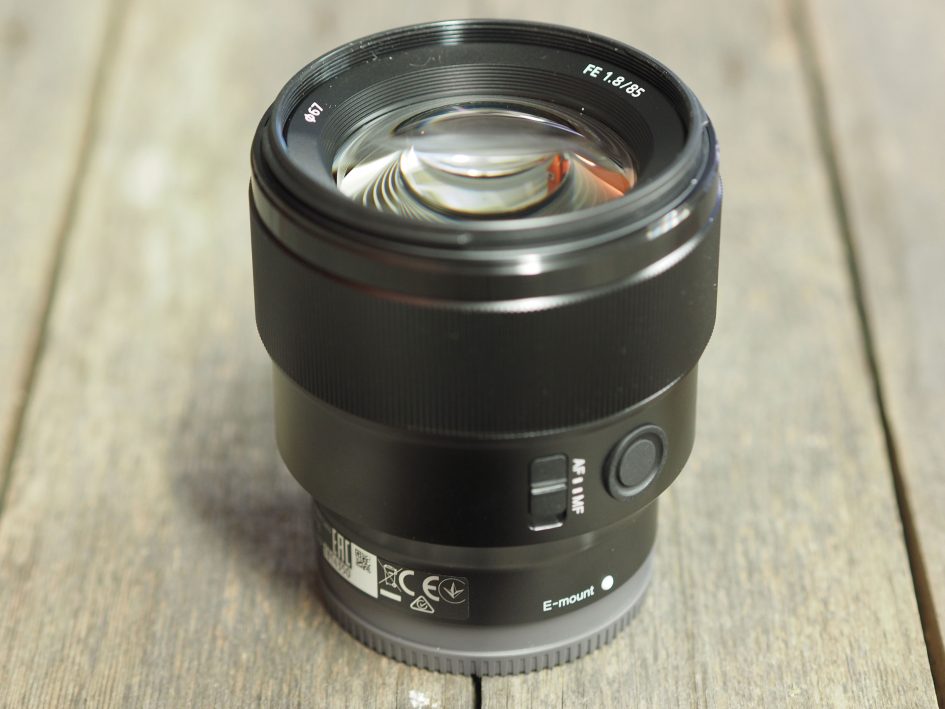
Focus
Focus accuracy and repeatability is critical to consistently produce sharp shots especially with large aperture lenses. Repeatability (the accuracy of focus on the same subject after repeated focus-acquisition) of this lens is relatively good (measured 95.5% in Reikan FoCal) with only 4 mildly soft results over a series of 40 shots. There is some focus variation whether the lens focuses from a closer distance or from infinity.
The lens focuses in around 0.7 sec on an A7R II from infinity to 1m (1:10 magnification), which is pretty slow. But the Batis is even slower and takes almost one second. The focus/control ring is 24mm wide. Its surface is not rubberized but as it moves super smooth and can easily be operated with one finger the finely knurled metal surface is well up to its task.
AF-operation of the lens is barely audible from the outside and if you record video with the built-in microphone the AF-drive produces no sound. As you pull focus, you’ll notice some focus breathing: the image becomes more magnified at closer focusing distances. When I adjusted the focus from infinity to 1m, I measured a 13% increase in magnification. This is very visible and pretty distracting when shooting videos. The Batis is the same.
Image stabilization
To test the effectiveness of the image stabilization with the Sony FE 85mm f1.8 on a A7R II body, I did a series of 140 test-shots hand-held. I tested with shutter speeds from 1/100 of a second down to 0.3 sec. Shots at 1/100 sec with steady shot=OFF are used as reference of how good my hand-holding was at the time of the test and Reikan FoCal did the chore of evaluating the sharpness of all shots. Here’re the details: With steady shot=ON (in camera) the combo produced results down to 1/25 sec (2 stops) which were better than 1/100 sec with steady shot=OFF. At 1/13 sec 3 out of 20 shots were clearly blurred and at 1/6 sec half the shots were blurred. This is a 3 stop advantage from stabilization. The Batis delivered a 2-3 stop stabilization effect under the same conditions.
Next check out my quality results!
Check prices on the Sony FE 85mm f1.8 at Amazon, B&H, Adorama, or Wex. Alternatively get yourself a copy of my In Camera book or treat me to a coffee! Thanks!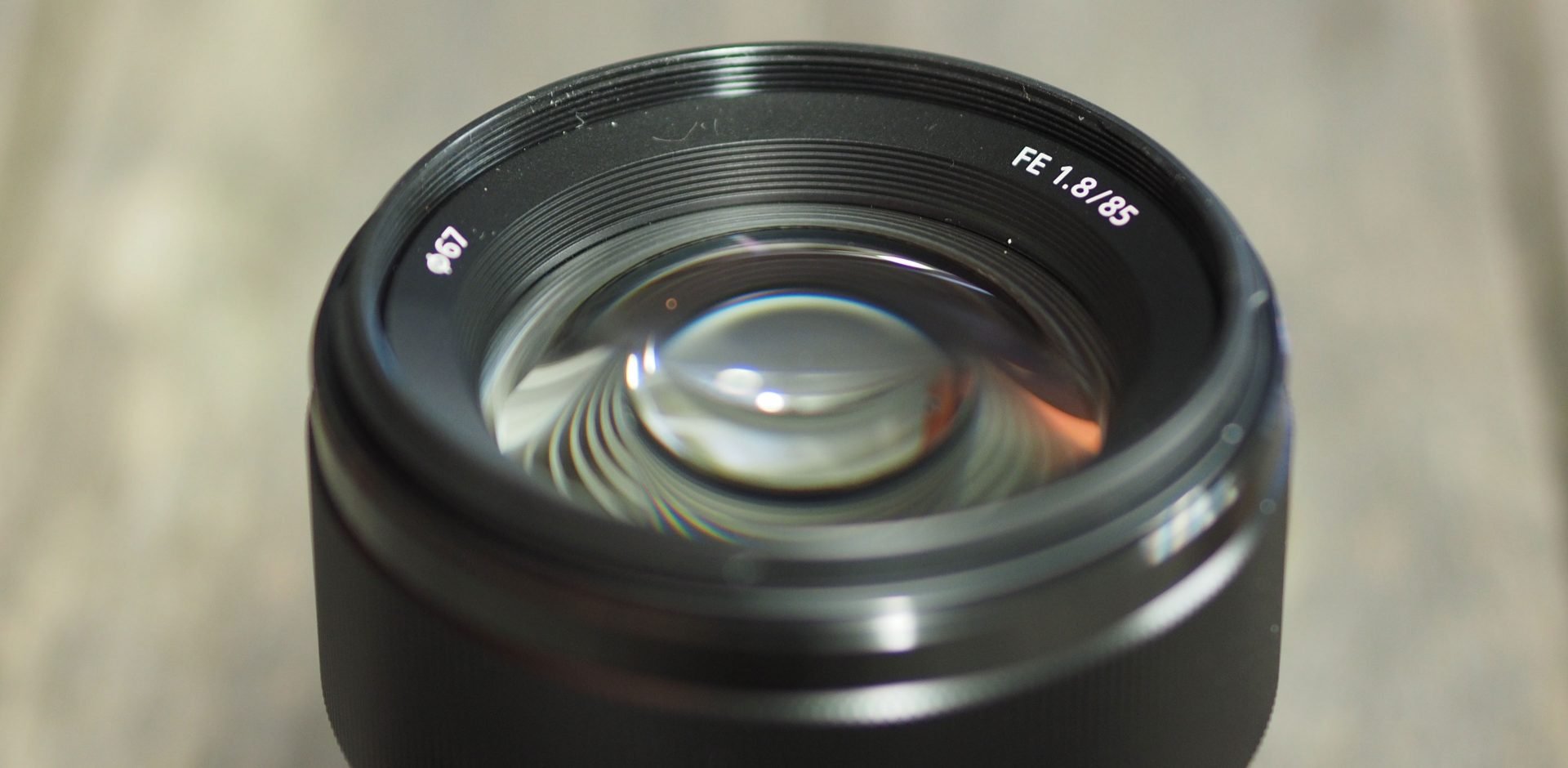
 The Sony FE 85mm f1.8 is the smallest, lightest and cheapest large aperture 85mm prime lens that autofocuses on Sony mirrorless bodies. It performs quite well and gives you the reach and distinct Bokeh of a 85mm f1.8 lens which is ideal for portrait and street shooters. Should the photographic subject require highest sharpness or lower longitudinal CAs it's easy to achieve by stopping the lens down to f2.8 or f4.0 - which is helped in many situations by the three stop benefit of the image stabilization provided by the Sony A7 bodies. All in all the Sony FE 85mm f1.8 clearly earns a Recommended!
The Sony FE 85mm f1.8 is the smallest, lightest and cheapest large aperture 85mm prime lens that autofocuses on Sony mirrorless bodies. It performs quite well and gives you the reach and distinct Bokeh of a 85mm f1.8 lens which is ideal for portrait and street shooters. Should the photographic subject require highest sharpness or lower longitudinal CAs it's easy to achieve by stopping the lens down to f2.8 or f4.0 - which is helped in many situations by the three stop benefit of the image stabilization provided by the Sony A7 bodies. All in all the Sony FE 85mm f1.8 clearly earns a Recommended!



